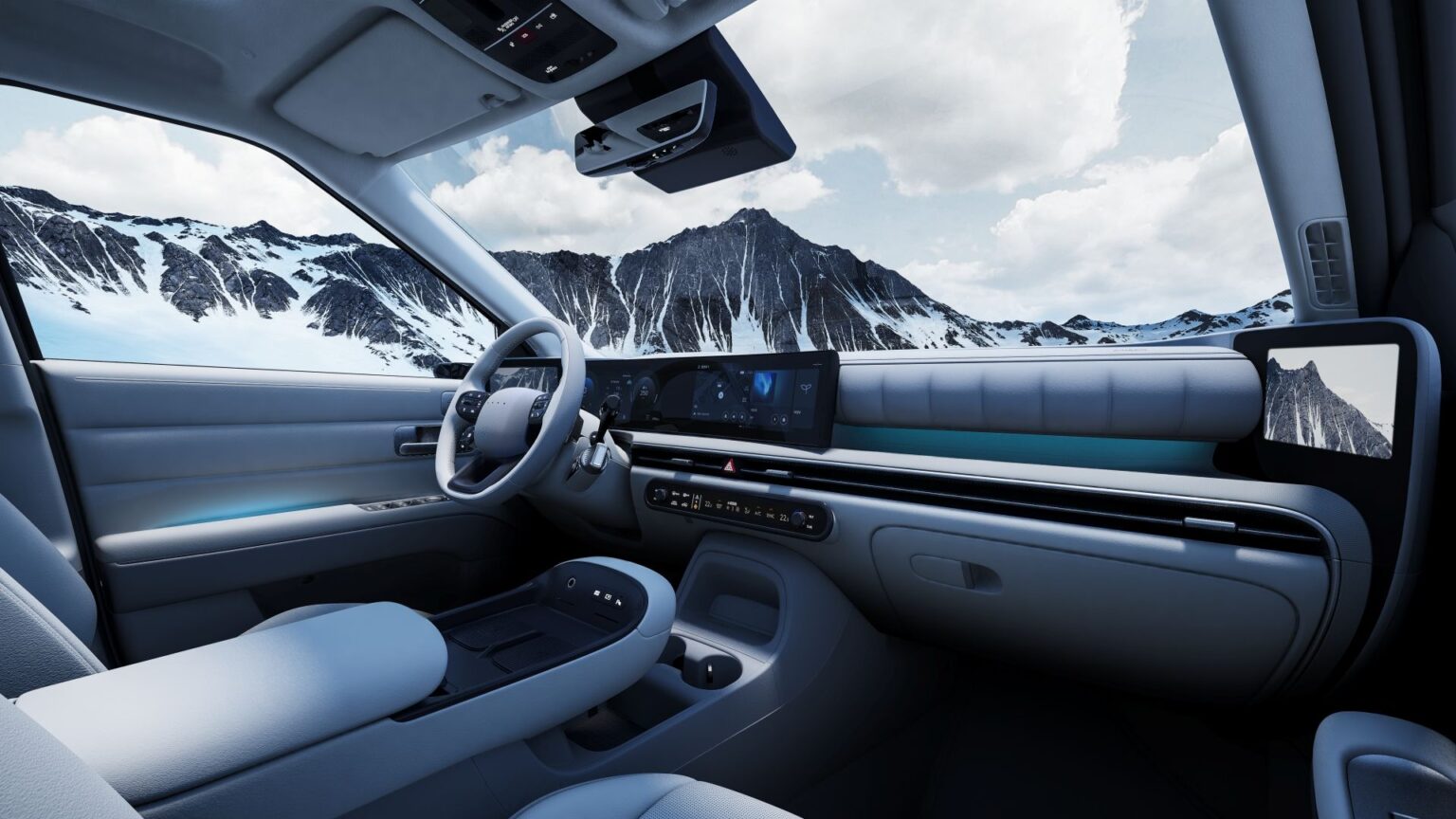Car manufacturers have been positioning themselves as tech companies. Manufacturers like Tesla, Rivian, and General Motors have led the push for proprietary infotainment systems, bigger screens, faster processing with video game-style graphics, and more vital vehicle functions controlled by the touchscreen. The push has left safety, driver annoyance, and overall usability by the wayside.
Hyundai has not been isolated from that tech push. The brand just unveiled its new proprietary Pleos Connect infotainment system that will hit vehicles starting in 2026. However, Hyundai designers spoke to Autocar about the next-generation interiors, confirming that they will keep analog controls and may try to de-emphasize the touchscreen in the driving experience.
Key Takeaways
- Many companies have created touchscreen-centric interiors
- Big screens can be annoying, distracting, and less than intuitive
- Hyundai has a new infotainment system coming for 2026
- The brand says it will keep analog buttons
- And hopefully provide balance
Hyundai Is Keeping Analog Buttons On Its Interiors
Hyundai designers told Autocar their vision was a “philosophy of calmness,” so that tech was not “shouting” at the driver. The vehicles will keep their physical controls. And we may even see smaller touchscreens. Head designer Luc Donckerwolke — of Genesis and Bentley fame — noted that Hyundai will seek a balance with its next-generation interiors.
“It is always a part of the balance between having the right screen that provides you with the information in a size that allows you to concentrate on driving.
“At the same time, we have to make sure the screens are not forcing you to go into a sub-menus for operations that only required buttons before. So it’s always not overkilling it. If you rely only on screens, you are tending to go away from… hands on the steering wheel and the eyes on the road, which is, for me, the most important factor of security safety.”
Part of that balance, of course, is cost. Touchscreens have become cheaper and less complex than building the tooling and manufacturing for individual toggles and buttons. But Donckerwolke believes we’ve hit peak screen in vehicles — a position other brands have echoed — and will see “a return of the analog” among manufacturers in the next one to two generations.
Hyundai Already Balances Its Interiors Pretty Well
If you’re looking for the brand that already does the best job balancing tech for its interiors, it’s probably Hyundai. Interiors like the all-new Santa Fe are clean, pleasant, and intuitive. The infotainment screens are designed for drivers, with an easier-to-read landscape layout located just below windshield level.
The graphics on the screen are large and uncluttered. Changing something like the drive mode on a Hyundai vehicle is a one-touch button fixed to the steering wheel, rather than a distracting trip into a sub-menu. We’re excited to see an infotainment system that already strove for balance get even more driver-friendly.
TopSpeed’s Take
Donckerwolke’s take is not too surprising. Besides the cost savings, autonomous driving was a major factor in implementing big touchscreens. Product planners in the 2010s saw this technology as right around the corner. They felt the driver switching from operator to primary occupant would need an elaborate nexus to control an enhanced array of multimedia functions.
Tesla is still on the self-driving vehicle train. However, most other manufacturers have realized that drivers will be operating the car for some time. We won’t be surprised if they retreat to a safer, more driver-focused engagement with infotainment technology (that hopefully doesn’t involve trackpads or click wheels).
Read the full article here


